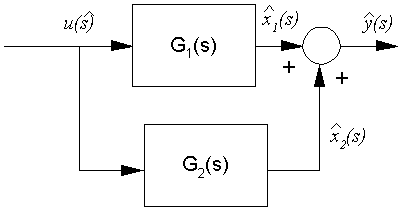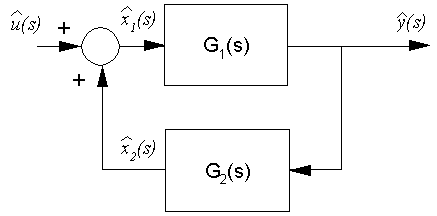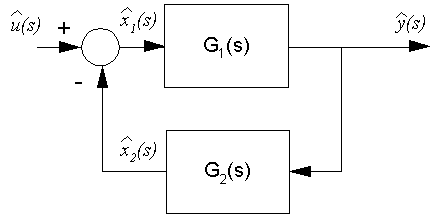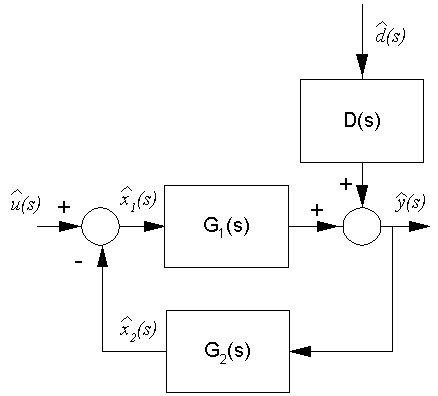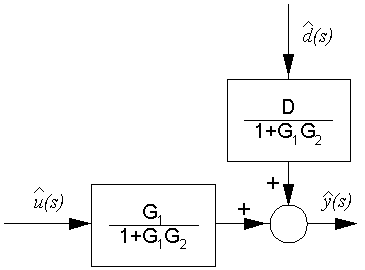Boolean algebra
Binary logic was first proposed by 19th-century British logician and mathematician George Boole, who in 1847 invented a two-valued system of algebra that represented logical relationships and operations. This system of algebra, called Boolean Algebra, was used by German engineer Konrad Zuse in the 1930s for his Z1 calculating machine. It was also used in the design of the first digital computer in the late 1930s by American physicist John Atanasoff and his graduate student Clifford Berry. During 1944 and 1945 Hungarian-born American mathematician John von Neumann suggested using the binary arithmetic system for storing programs in computers. In the 1930s and 1940s British mathematician Alan Turing and American mathematician Claude Shannon also recognized how binary logic was well suited to the development of digital computers.
Functions performed by logic circuits
"True" can be represented by a 1 and "false" by a 0, and in logic circuits the numerals appear as signals of two different voltages. Logic circuits are used to make specific true-false decisions based on the presence of multiple true-false signals at the inputs. The signals may be generated by mechanical switches or by solid-state transducers. Once the input signal has been accepted and conditioned (to remove unwanted electrical signals, or "noise"), it is processed by the digital logic circuits. The various families of digital logic devices, usually integrated circuits, perform a variety of logic functions through logic gates, including "OR,""AND," and "NOT," and combinations of these (such as "NOR," which includes both OR and NOT)
Types of Logic Components
One widely used logic family is the transistor-transistor logic (TTL). Another family is the complementary metal oxide semiconductor logic (CMOS), which performs similar functions at very low power levels but at slightly lower operating speeds. Several other, less popular families of logic circuits exist, including the currently obsolete resistor-transistor logic (RTL) and the emitter coupled logic (ELC), the latter used for very-high-speed systems.
Logical Gates
The elemental blocks in a logic device are called digital logic gates.
 | An AND gate has two or more inputs and a single output. The output of an AND gate is true only if all the inputs are true. |
| An OR gate has two or more inputs and a single output. The output of an OR gate is true if any one of the inputs is true and is false if all of the inputs are false. | |
| An INVERTER has a single input and a single output terminal and can change a true signal to a false signal, thus performing the NOT function. | |
| An NAND gate has two or more inputs and a single output. The output of an NAND gate is true if any one of the inputs is false and is false if all the inputs are true. | |
An NOR gate has two or more inputs and a single output. The output of an NOR gate is true if all the inputs are false and is false if the inputs are different. | |
An EXCLUSIVE OR gate has two or more inputs and a single output. The output of an EXCLUSIVE OR gate is true if the inputs are different and is false if the inputs are the same. |
The output of the NAND gate is true if the one of the input is false. Now let's verify: We put true and false on the inputs of the AND gate. This gate now returns false answer (0).This false answer is the input of the NOT gate. This gate returns true (opposite of false). You can now see that the answer is similar to the one witch NAND returned.
Other facts
To perform a desired overall function, large numbers of logic elements may be connected in complex circuits. In some cases microprocessors are utilized to perform many of the switching and timing functions of the individual logic elements. The processors are specifically programmed with individual instructions to perform a given task or tasks. An advantage of microprocessors is that they make possible the performance of different logic functions, depending on the program instructions that are stored. A disadvantage of microprocessors is that normally they operate in a sequential mode, which may be too slow for some applications. In these cases specifically designed logic circuits are used.



